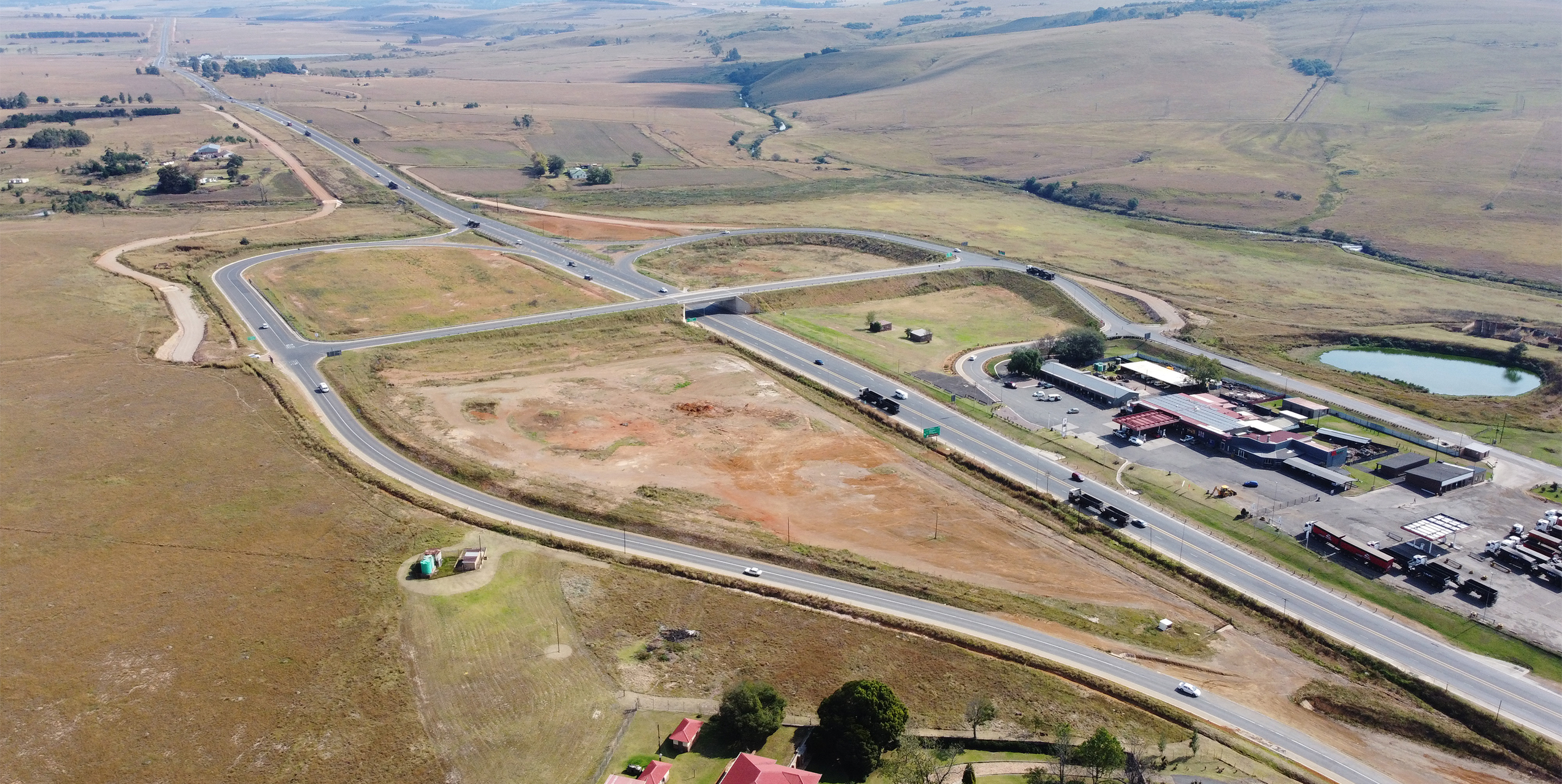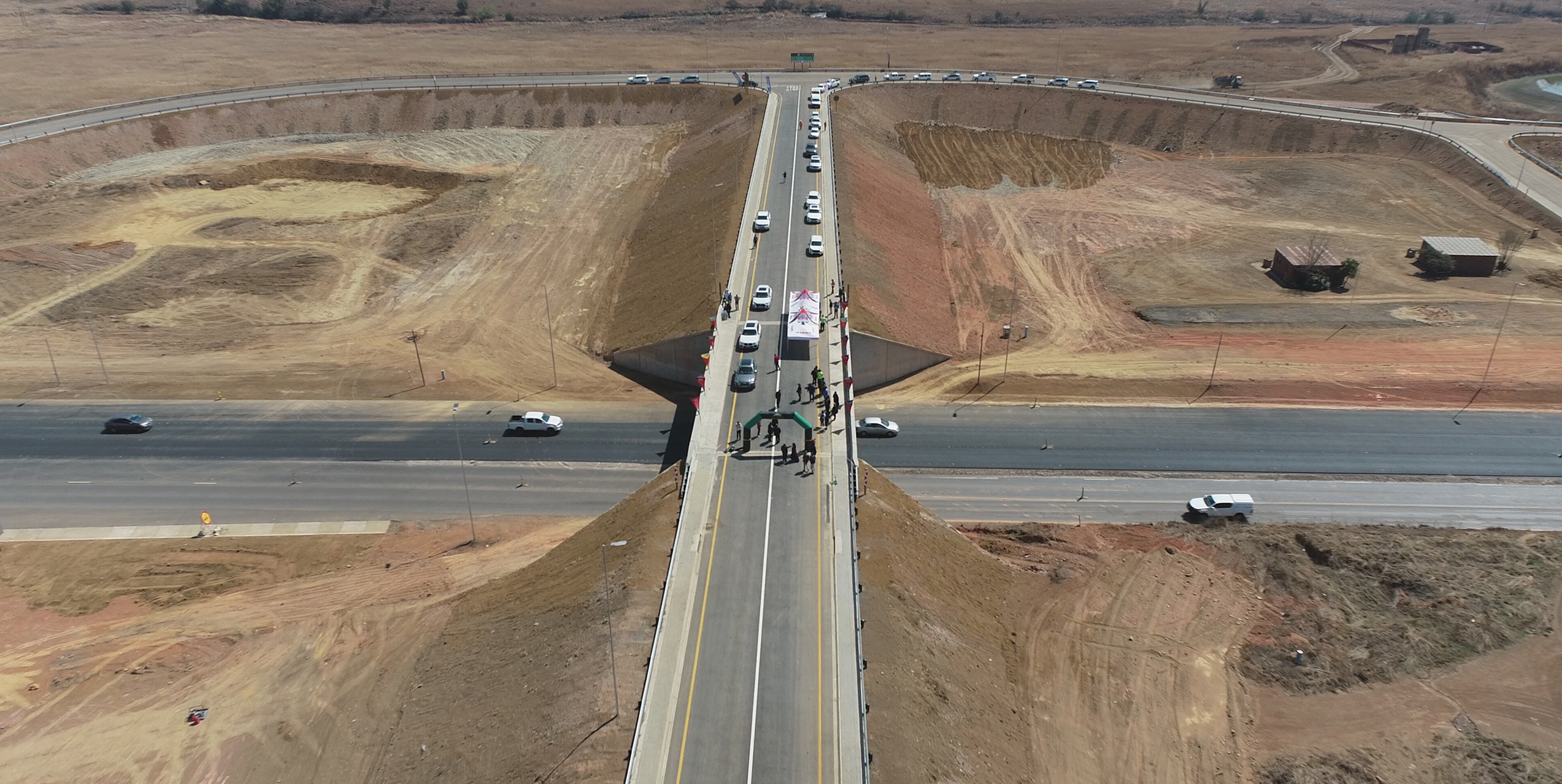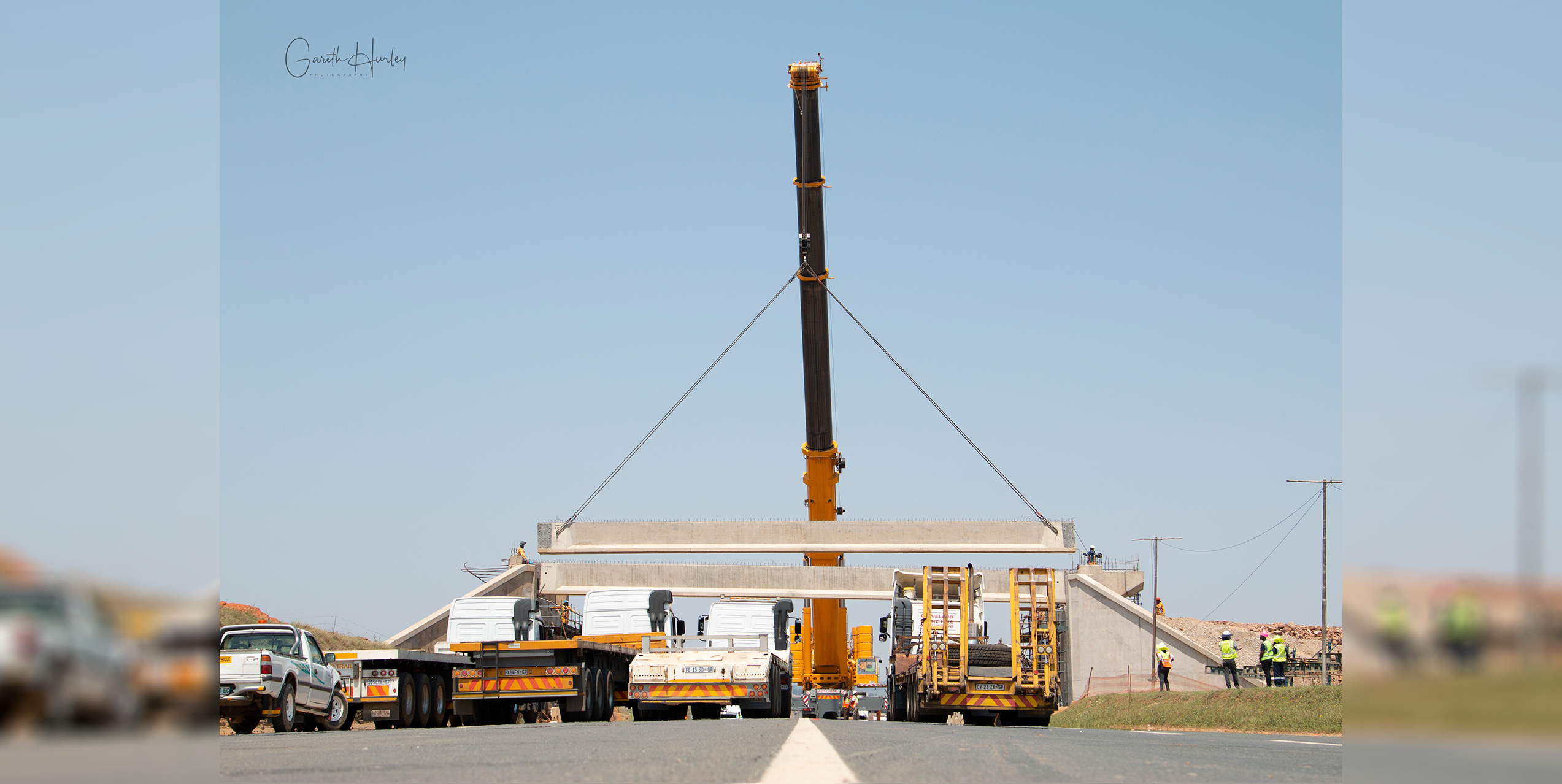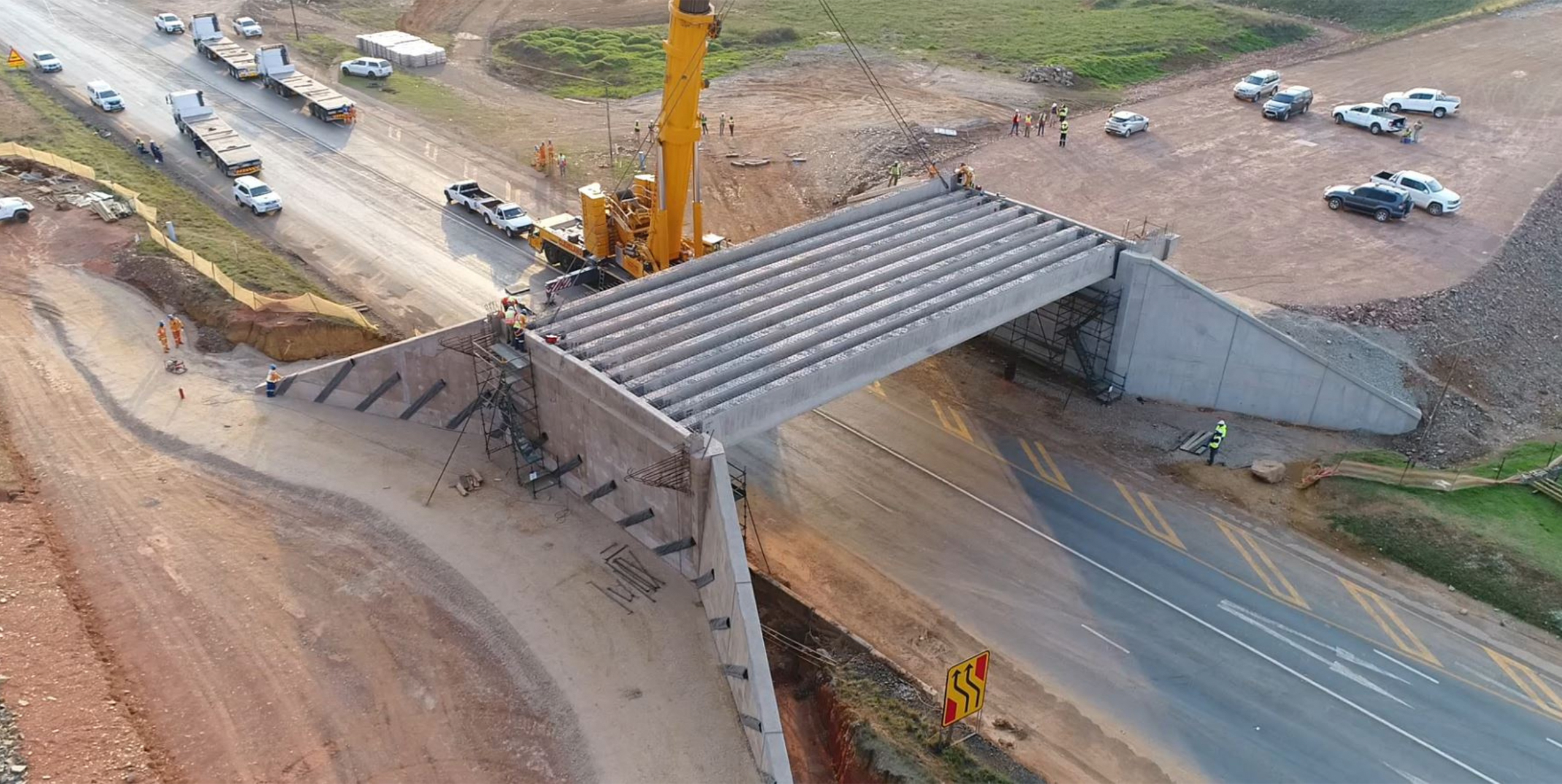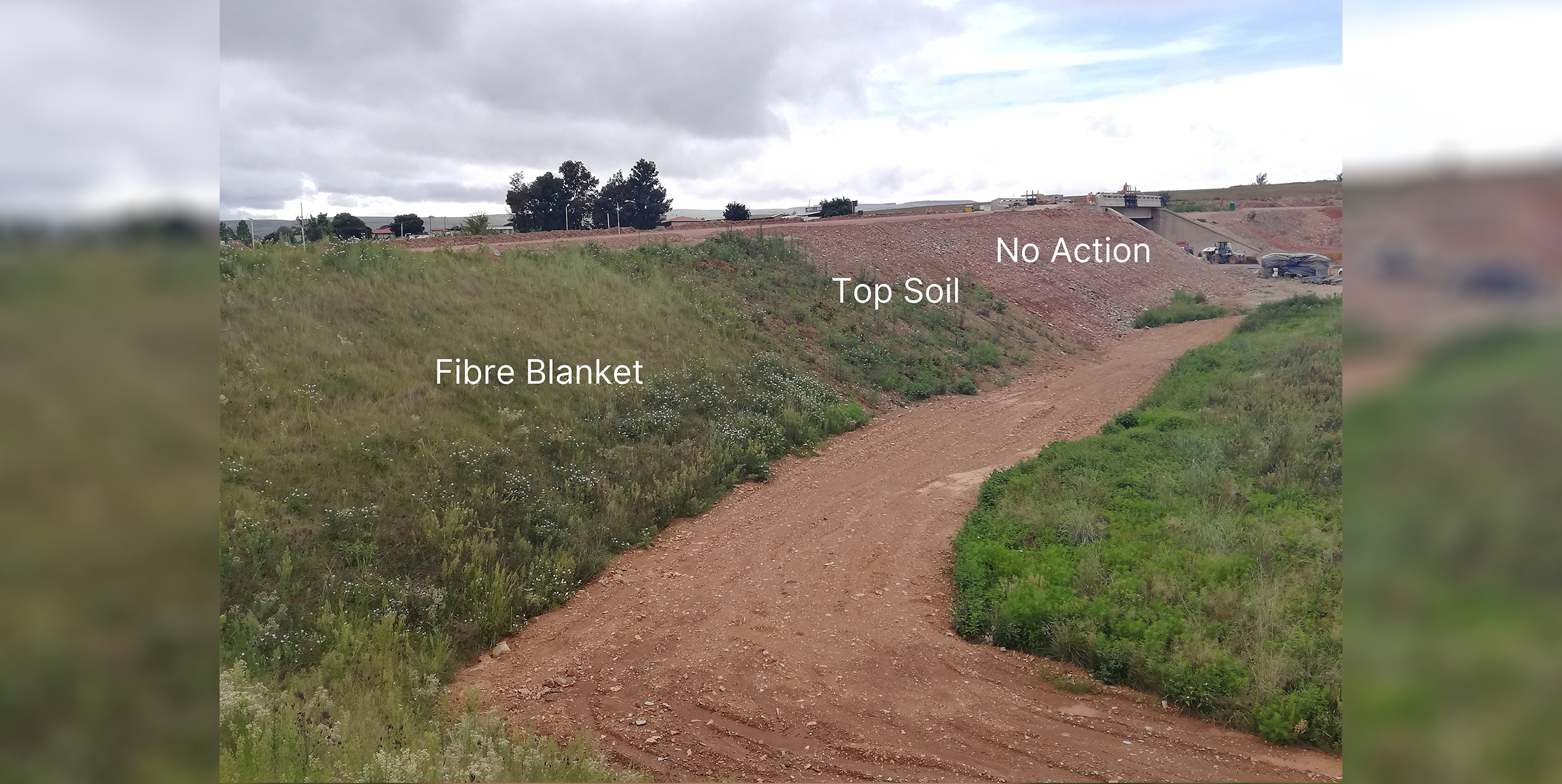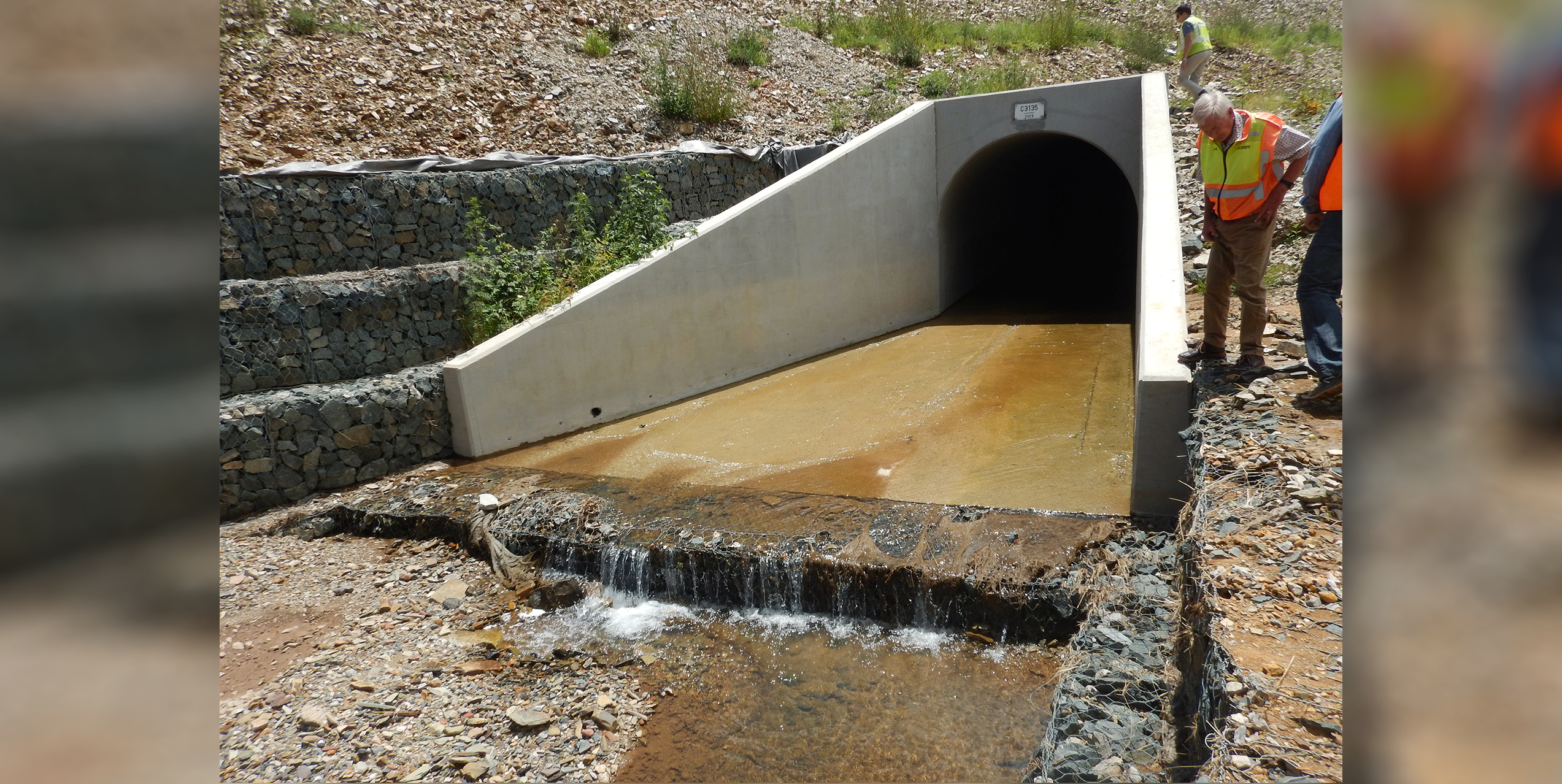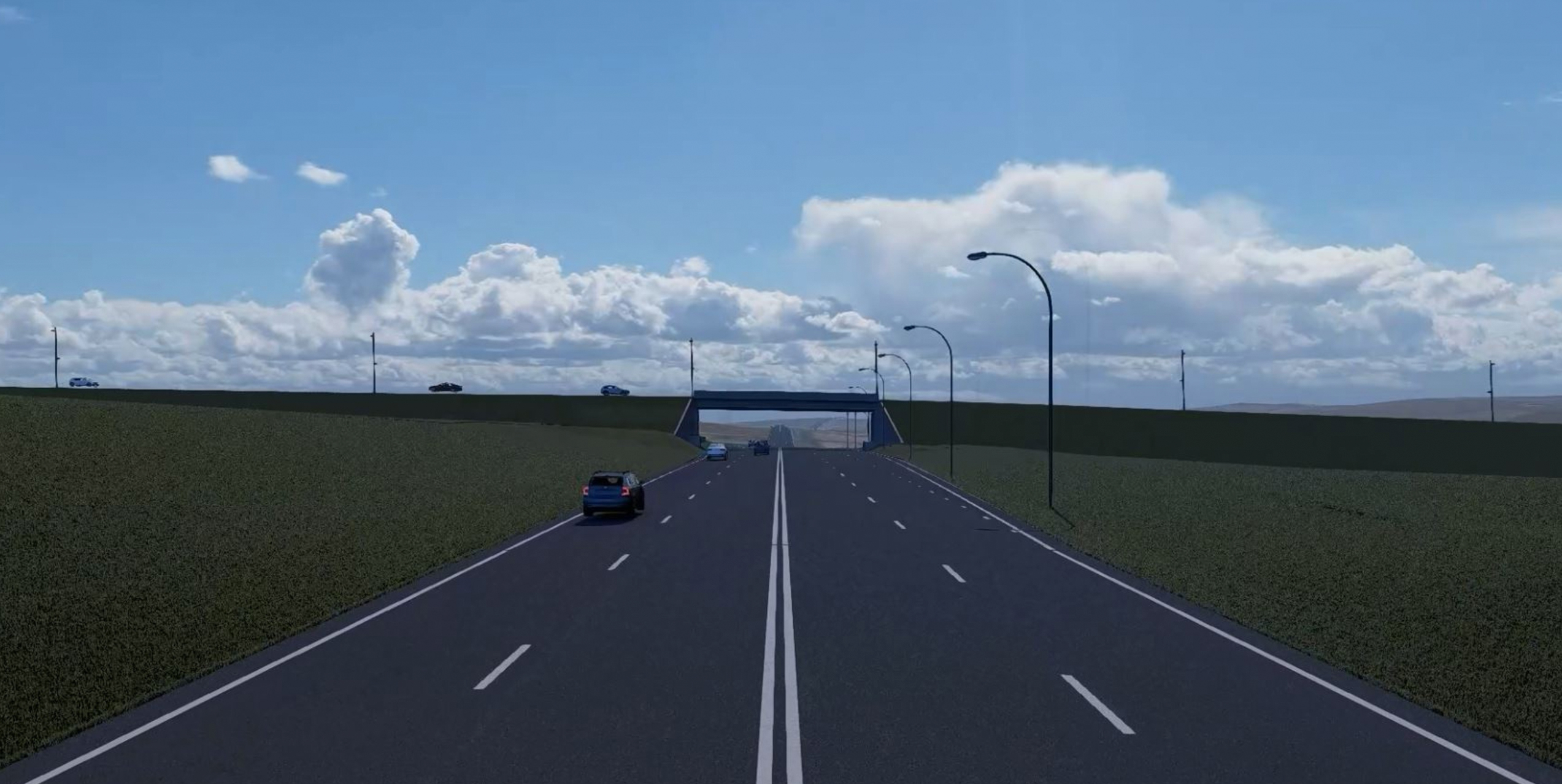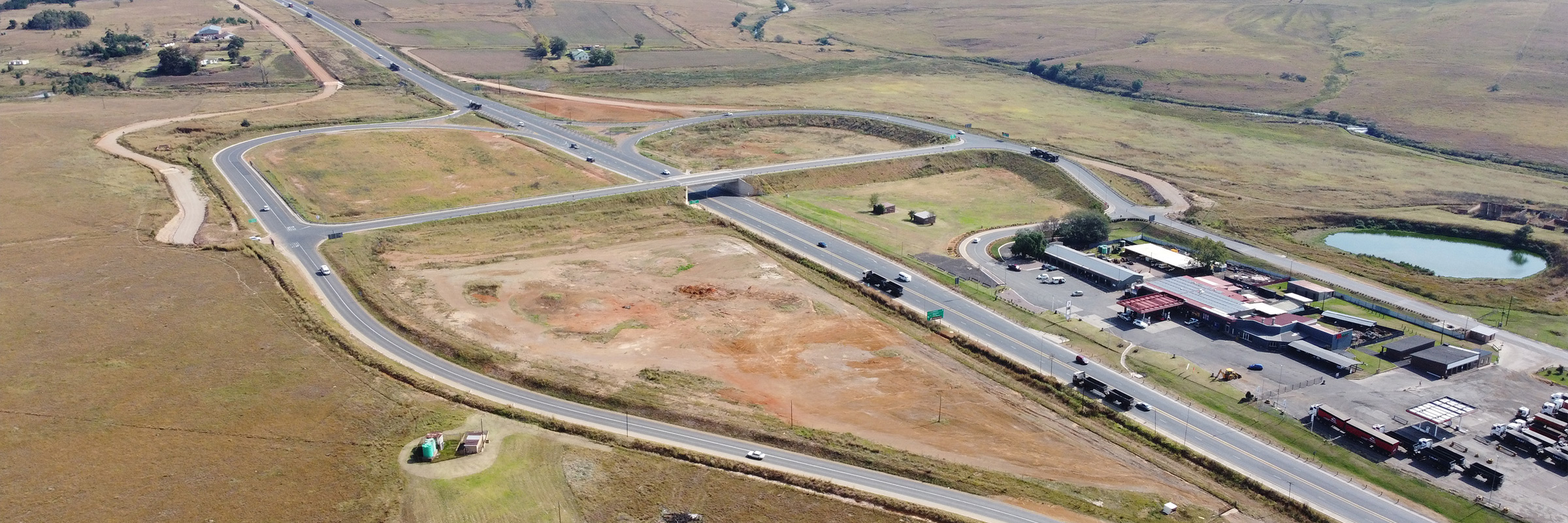

The N4-Section 5X project, undertaken by SMEC for TRAC, exemplifies this transformative power by addressing critical infrastructure challenges along the Maputo Development Corridor (MDC), a vital economic artery connecting South Africa and Mozambique.
Challenge
Trans African Concessions (TRAC) is a privately-owned company that manages the N4 Toll Route from Solomon Mahlangu Drive Interchange in Tshwane (Gauteng) to the Maputo Port in Mozambique. The road was narrow and access points posed safety hazards and disrupted traffic flow.
- Safety Concerns: The existing N4 road was characterized by rolling topography – steep inclines and sharp bends. This meant there were inadequate overtaking zones which posed significant safety risks.
- Capacity Limitations: The single-lane carriageway struggled to accommodate the increasing volume of traffic, leading to congestion and delays.
- Option development: During the design stages, SMEC developed multiple options whilst working to a condensed program to accommodate an evolving brief and achieve the best possible outcome.
Solution
SMEC was appointed in 2012 to upgrade 30km of road from eMakazeni to eNtokozweni. The scope included the design of two new bridges, widening of four bridges and rehabilitation of seven bridges. Electrical works focused on the refurbishment of LED luminaires, relocation of existing lighting installations earthing repair and lighting protection.
SMEC took responsibility for the Preliminary Design, Detailed Design, Tender Documentation and Procurement phases of the project. SMEC also performed the Contract Engineer duties and managed construction quality control during construction. The team adopted a collaborative approach with TRAC and key stakeholders to deliver a timely and cost-effective design.
Key features of the design included:
- Holistic upgrade strategy: The upgrade strategy optimised the position of passing lanes by simultaneously analysing; accident data, alignment (horizontal and vertical), speed profiles, average travel speeds (based on Vissim Microsimulation), intersections, level of service needs, impacts of structures such as culverts, bridges and toll plazas.
- 3D Modeling and Topographical Surveying: Advanced technologies enhanced design coordination and identified issues and opportunities early. The federated model combined drawings for key disciplines, right down to the pavement layer interfaces and guardrail positions. One example was that this ensured sufficient cover over stormwater culverts and correct tie-in of the upgraded road with existing infrastructure.
- Realignment and Grading: The N4 road was realigned to improve visibility and reduce sharp bends, while grading adjustments enhanced road safety. The pavement structure was specifically designed to minimise wastage of good quality material and full utilisation of the existing road’s sub-surface.
- Additional Lanes: The creation of an undivided four-lane road facilitated smoother traffic flow and reduced congestion.
- Interchange: A new grade-separated interchange was built, re-directing an adjoining provincial road and incorporating a new underpass to close off an unsafe access point. As part of the interchange design, a new bridge was built to take traffic over the N4. Access to the fuel station was re-aligned to a safer access position at the new interchange.
- Access Management: SMEC developed a comprehensive safety and access management plan. New interchanges replaced unsafe access points, and the access management plan helped to streamline traffic movement.
- Fibre Blanket Erosion Control: Fibre Blanket, a soil-saving product, was employed to prevent erosion on batter slopes.
- 3D Flythroughs: SMEC developed a video montage of the proposed route which enabled TRAC to easily communicate the design during consultation activities.
Impact
N4-Section 5X was a multidisciplinary project that involved overlap between various engineering disciplines.
N4-Section 5X improved safety standards and reduced congestion, increasing vehicle capacity from 1,200 vehicles per hour to 1,800 vehicles per hour. Sustainable design practices and erosion control measures have also minimised environmental impacts.
The N4-Section 5X project has also yielded far-reaching impacts that extend beyond improved infrastructure.
- Trade and job creation: The N4-Section 5X has facilitated trade between South Africa and Mozambique, leading to increased economic activity and job creation.
- Empowered Local Communities: The project has provided employment opportunities and skills training for local communities. Over 300 jobs were created during construction and 21 local small, medium-sized and microenterprises were engaged to provide services. Infrastructure in eNtokozweni Town was also improved which benefits local communities.
N4-Section 5X, South Africa
Inception: 2012-2014
Preliminary design: 2014-2016
Detailed Design 2016-2017
Construction 2019-2023
Trans African Concessions (TRAC)
South African National Roads Agency Limited (SANRAL)
Administração Nacional de Estradas (ANE), Mozambique
